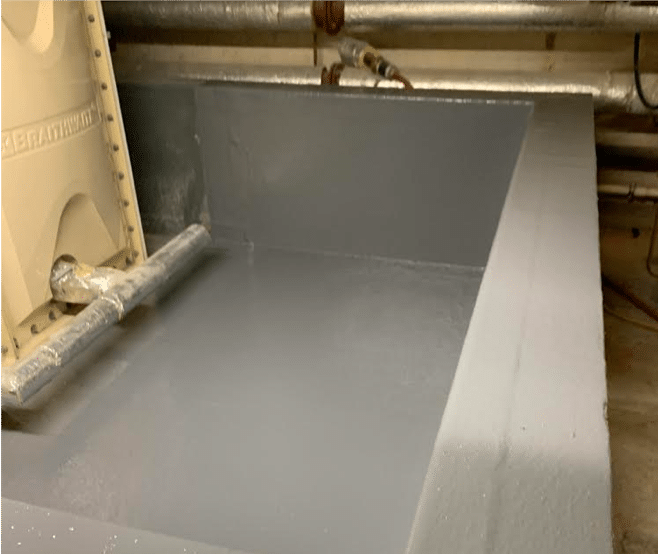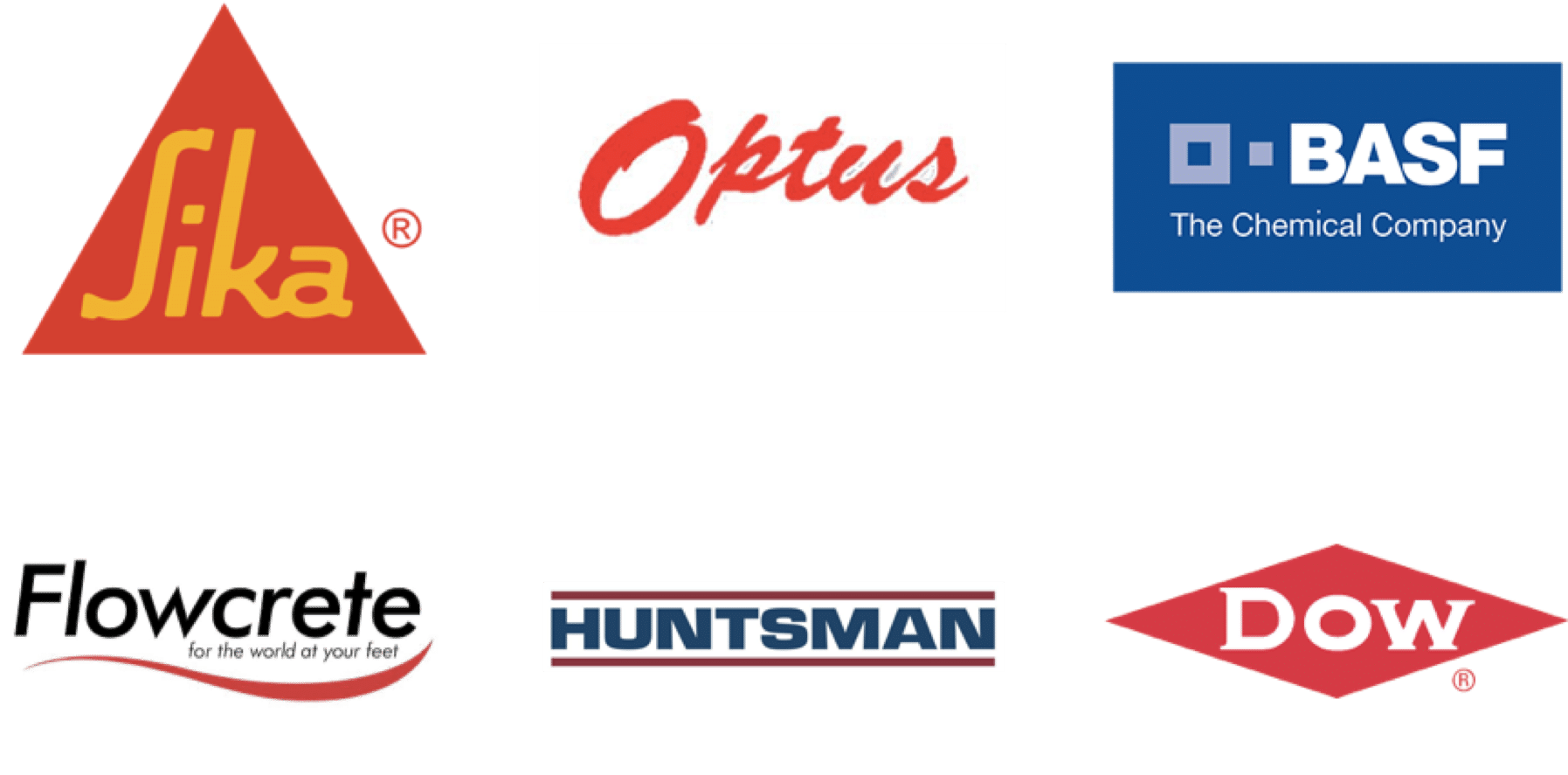Cure times
Cure times for applied resins typically ranges from hours to days. GRP bund linings take 24 hours to by dry to touch and 72 hours for a full cure. The precise rate depends on the resin type, the type of solvent and level of catalyst added. Other factors centre on the temperature during curing and level of humidity.
How long does it take to install a bund lining?
The installation time for a bund lining depends on the surface area of the bund and the number of applicators. It also depends on the applicator skill set, the level of preparation and repairs required and the type of system used; hand laid systems, whilst more durable, do take marginally longer to install.
How long does a bund lining last?
A standard bund lifetime should range from 10-30+ years. In no particular order, the lifetime of a bund lining depends on several factors: (1) the system used, (2) applicator skill, (3) the quality and moisture content of the underlying substrate, (4) the compatibility of the lining with the chemicals and liquids contained and (5) the chemical, physical and biological demands of its operating environment.
Why are bund linings important?
Bunds are typically made from concrete and mortar. Whilst structurally strong, concrete and mortar become porous, brittle and susceptible to liquid ingress, ultimately risking a leak. Bund linings provide a chemically resistant, impervious barrier that is thin yet provides enhanced, long term protection for the underlying concrete. This increases the lifetime of the bund and helps to ensure compliance with HSE regulations.
What surface preparation is needed for a bund refurbishment?
For existing bunds, the inner lining and a thin layer of substrate should be removed and scaled back using some form of grit blasting. Structural repairs should be made to and damaged substrate (e.g. concrete cracks). If the substrate is damp or moist, it should be dehydrated. An inspection should be performed before relining.
How much does a bund lining cost?
Compared to a bund replacement, where the estimated cost of a replacement is high, bund re-lining work is approximately 20 – 30% of the cost. Most individual bund re-lining projects for chemical storage tanks cost around £2,000 – £4,000 depending on the size of the bund. For more selective bund repairs, the overall cost is likely to be a fraction of the cost of a new bund.
How compatible is a bund lining with my chemicals?
The chemical resistance of a bund lining with the chemicals contained within the primary containment vessel is a critical feature. A range of well-tested and proven resin linings and coatings are available for many substances, from GRP to epoxy. For more bespoke chemicals, compatibility can be arranged in conjunction with our manufacturing partners. Classic examples of bunded chemicals include sodium hydroxide, urea, transformer oils, gas and fuel (petrol, diesel), food manufacture (vegetable oil, acetic acid – vinegar, dairy), wastewater and chlorinated water, nitric acid, sulphuric acid, ethylene glycol, ethanol and many more.
What regulations exist for bund linings?
Regulations on bund design, maintenance and refurbishment have been outlined in more detail in the U.K. HSE site. The UK HSE regulations relevant to secondary containment spill bunds provide more detailed advice, particularly for fuel storage.
How can I choose a chemically resistant bund lining
One of the main requirements for an effective bund wall is a chemically resistant lining. This is particularly important for sites and locations storing large quantities of hazardous components. For oil bund linings, chemical bund linings, diesel bund linings and other types, a different system is recommended in most cases. Many of these are often variants of standard epoxy, fibreglass or other resin-based systems. More bespoke chemicals will require chemical compatibility testing.
Chemical compatibility testing for bespoke chemicals
At Strandek, we have a very close working relationship with leading manufacturers. We are able to arrange chemical compatibility testing if your chemical is bespoke or if there is limited performance data.
What surface preparation is required for a bund lining project?
Surface preparation in the form of bund draining, abrasive blasting and concrete repair is often required in many cases, particularly for existing bunds undergoing refurbishment.
What guidance is there for bund inspections and maintenance?
See document guidelines for bund inspections.
Where can I find official guidance on bund construction?
The Construction Research and Information Association has published advice on how to construct bunds for oil storage tanks that meet regulatory requirements.




